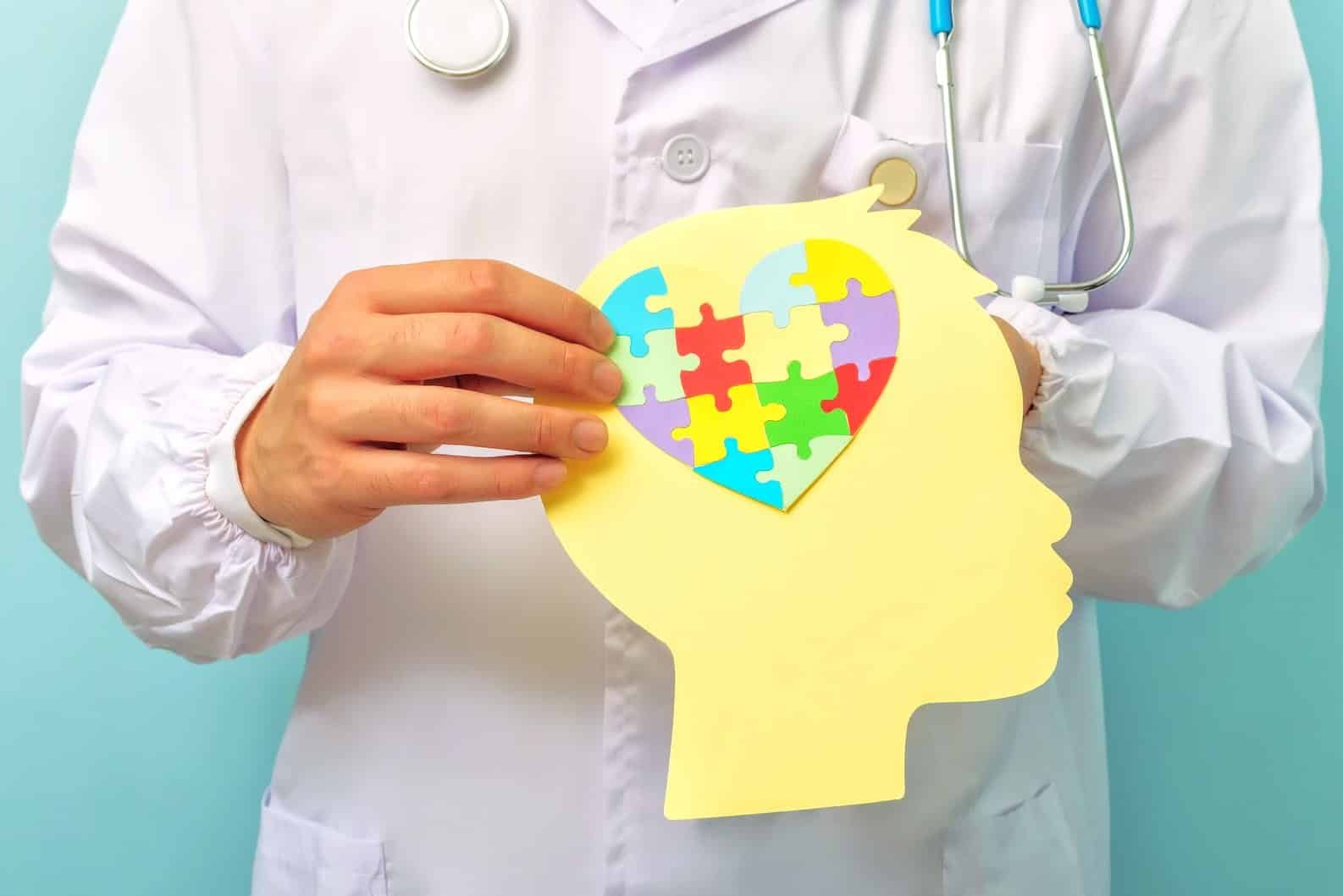ADHD 24/7 – Navigating Neurodivergence Every Hour of Every Day
ADHD 24/7 is a model representing overarching areas in life, relevant for anyone aiming to live as healthy and meaningful lives as possible. It recognizes that neurodiversity extends beyond ADHD, providing a holistic approach to personal growth and overall health. We’ll go through each step of it.
Living with ADHD is a 24/7 endeavor. It doesn’t take breaks, holidays or lunch. The challenges and nuances of ADHD persist around the clock, affecting everyone uniquely.
Recognizing this, it’s crucial to make individual considerations the cornerstone of all decision-making in healthcare, self-care and support.
The principles of the ADHD 24/7 model aim to integrate various facets of ADHD life.
They apply not only to those with ADHD but to anyone, neurodivergent or not.
The components of the 24/7 model are:
2 – Your Community and Calling
4 – Your ADHD-Profile
7 – Lifestyle Factors
Here I’ll take you through each one of them:
2 – Your Community and Calling
Like all of us human beings, regardless of your underlying (dis)abilities or psychosocial status need:
Community: Everyone regardless of neurodivergence or psychosocial status, needs some basic social connections.
A tribe where you can express your inner thoughts and feelings without being judged. And where someone will make sure your basic needs are met.Calling: Everyone also needs a sense of purpose. As in being part of something bigger or greater than yourself.
Or when you find meaning in your actions and when what you do contributes to the greater community.
4 – Your ADHD-Profile
Your brain, as all other brains, is processing impressions from your surroundings and your body – consisting of strengths and challenges of:
Overview: The brain’s executive functions, metacognition and central coherence.
Or in other words, your brain’s control tower and your ability to plan, organize, structure and prioritize information for effective task completion and navigation through everyday life.Regulate: The brain’s processes for self-regulation.
Or in other words, your brain’s volume button self-control when it comes to emotions, energy levels, sleep-wake cycles and appetite.Filter: The brain’s ability to process sensory stimuli, proprioception and interception.
Or in other words, your brain’s virus filter. Sorting and discarding irrelevant information and stimuli from your surroundings and your own body.Shift: The brain’s cognitive flexibility.
Or in other words your brain’s gearbox for pursuing, shifting or interrupting negative thoughts.
7 – Lifestyle Factors
You know it, I know it, how important it is to take care of the body and the brain through a healthy and balanced lifestyle. It can be associated with seven important lifestyle factors:
Diet: Managing ADHD-related challenges with hunger, satiety and establishing healthy eating routines. Remember to eat regularly and avoid binge or overeating.
Exercise: Overcoming the resistance in creating balanced and sustainable routines for physical activity. Without under- or overdoing it.
Sleep: Addressing difficulties getting into bed, unwinding at night or getting up in the morning.
Stress: Managing internal stress, relaxing and ensuring sufficient recovery during leisure time.
Emotions: Navigating challenges in regulating emotions. As well as understanding how emotions interplay with others and affect significant relationships.
Addictions: Increased risk of using and difficulties in quitting addictive behaviors or substances. Alcohol, drugs, sex, food, gaming, gambling, shopping and social media.
Structure: Dealing with financial issues, remembering medication, meeting doctors’ appointments. And creating sustainable health-related routines.
Your Own ADHD 24/7 Map
Understanding how all these components of the ADHD-life interact allows you to tailor your own ADHD 24/7 map. Promoting well-being and addressing challenges effectively.
The model recognizes that neurodiversity extends beyond ADHD, providing a holistic approach to personal growth and overall health.
Living a balanced life involves acknowledging the constant interplay between these elements, avoiding extremes and adapting tailored, long-term strategies accordingly.
Curious to know more?
Check out this article that explores the 24/7 model further!
Latest posts






